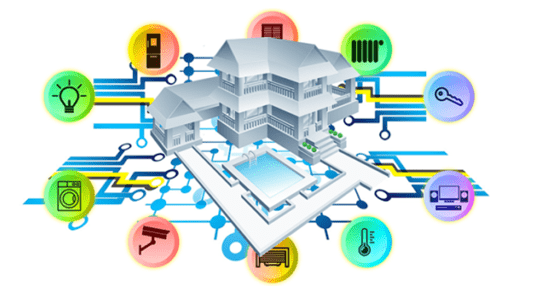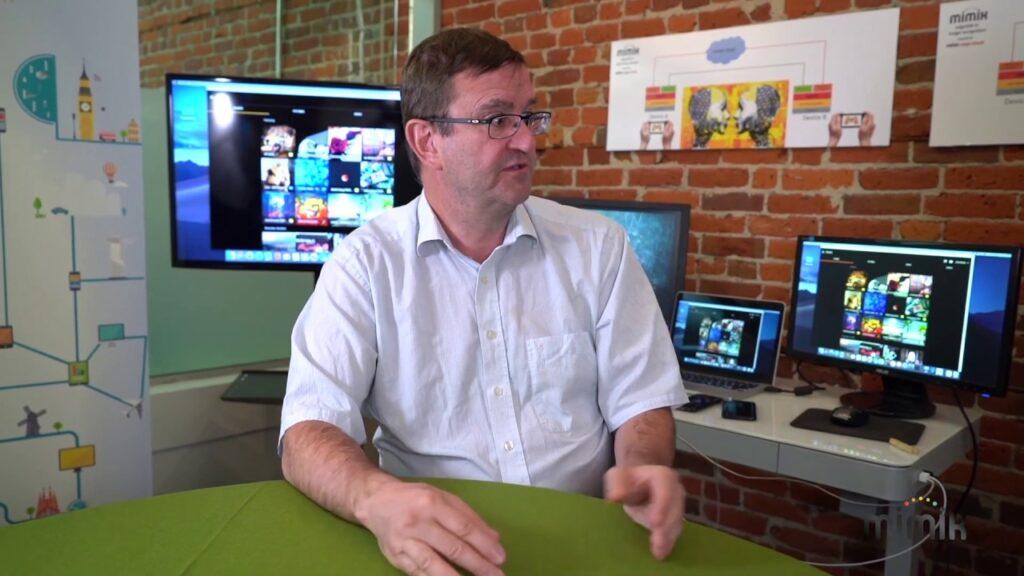The world of connected devices has enormous potential but it is clear that we need distributed edge cloud to fulfill this promise. Developers can leverage edge cloud to write their applications and accelerate the growth of IoT but are they [really] ready for the new era of edge cloud computing?
Today, at the dawn of Internet of Things (IoT), our devices constantly connect and communicate mostly through a central cloud and have transformed many aspects of our daily lives. IoT is undoubtedly a transformative technology and will impact most industries, and the way businesses and consumers behave. Some projections state that there will be more than 50 billion connected devices and as many as 22 billion IoT devices operating by 2021.
The big question is whether existing networks and the central cloud can cope with all the additional traffic. I believe the answer is “no”. There is not enough bandwidth to cope with the explosion of the data at the edge of the network today. 5G will not address the problem as it is targeting an order of magnitude increase in capacity and will not provide the multiple orders of magnitude in additional network capacity required. For example, a single autonomous vehicle will generate more data than the capacity of an entire 5G base station.
With IoT, everything from our home appliances to potentially our clothing will become nodes on the internet. Beyond the data explosion problem, this will undoubtedly create challenges to our privacy and personal freedom. Connectivity results in potential exposure: more of our personal data and our activities will be visible. This new 360-degree view of our lives will increase the value of our personal data, and advents in big data analytics will enable “cloud companies” to derive significantly more value from our personal data. In other words, we will potentially be even more disenfranchised unless we take control of our personal data.
Edge cloud computing
As conveyed in the Digital Freedom Manifesto, I believe distributed edge cloud is the fundamental technology in restoring control of our personal data and our digital lives. Edge cloud computing can enable any digital device to become a cloud server (not to be mistaken with distributed computing which may include running a single task across multiple CPUs or orchestrating microservices across multiple CPUs). Data can be processed at the periphery of the network on originating devices (edge nodes) or other devices in proximity, taking away the absolute control from centralized nodes and extending it to the edge. This will not only restore control to the producer and owners of the data, but will also save our networks from choking due to the massive explosion of data.
Edge cloud computing is starting a new era of decentralized computing and a wide range of new applications across all industries and verticals. The potential for developers is enormous. When we turn any device to an edge cloud server we solve many challenges of central cloud computing (bandwidth, latency, date centre efficiency and cost) and at the same time restore greater control and power back to the producers and owners of the data. Amazon Echo and Google Home illustrate the challenge of central cloud computing and the trend by central cloud providers to build new edge devices to offload some central cloud processing to the edge. But new edge nodes are only band aid solutions. To better address the challenge, we need to go further and turn any computing device into a cloud server. This is the most effective way to scale and turn the vision of IoT from hype to reality.
By turning all computing devices at the edge into cloud servers, we allow devices and applications to form ad hoc clusters that can collaborate and bootstrap resources as needed. This is an effective way to extend central cloud capabilities to the edge to minimize the cost and the burden on bandwidth and latency to support billion of devices. It will minimize signaling and bearer bandwidth. It will enable peer-to-peer connectivity and micro service discovery, optimizing inter-node access time to address stringent latency requirements.
The world of connected devices has enormous potential but it is clear that we need distributed edge cloud to fulfill this promise. Developers can leverage edge cloud to write their applications and accelerate the growth of IoT and turn it from hype to reality. The question is: are developers ready for the new era of edge cloud computing? I believe yes; once they are given the tools to design and create new applications. Less than a decade ago, developers migrated from edge (albeit poorly connected) computing to central cloud computing.
Thanks to Moore’s law in computing and bandwidth which has enabled massive computing power and great connectivity at the edge nodes, the time has come to extend the cloud to the edge. Edge computing will have even a more transformative impact than central cloud computing. Edge cloud computing is not a replacement for central cloud computing. In fact, it will transform central cloud into a massively more powerful entity that can seamlessly extend itself to devices at the edge in a liquid fashion. This is not a vision for the future and can be done today. Edge cloud will accelerate the growth of IoT and will be the impetus for the next evolution in computing.



